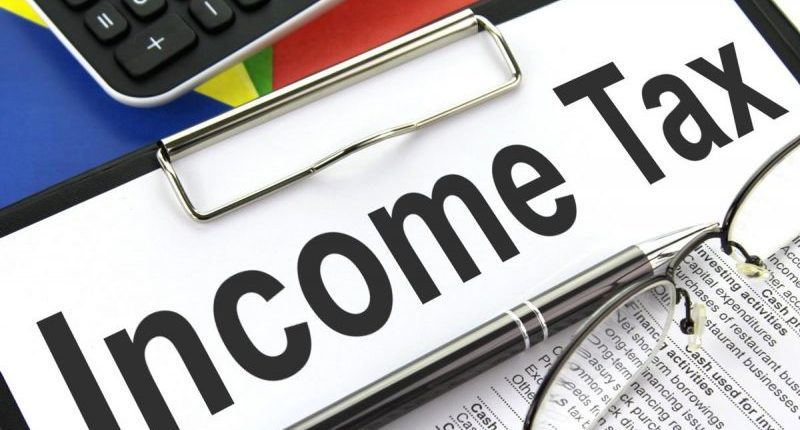The Central Board of Direct Taxes (CBDT) has notified ITR-1 and ITR-4 for the AY 2020-21. The forms pertain to the reporting of income for the financial year 2019-20 (ending 31 March 2020). However, the CBDT is yet to enable the utilities for the tax filings. The other ITR forms namely, ITR-2, 3, 5, 6 and 7 are yet to be notified.
ITR-1 is applicable for resident individuals having total income up to Rs 50 lakh having income from salaries, house property, other sources and agricultural income up to Rs 5,000. However, a resident individual who is a Director in a company or has investments in unlisted equity or loss brought forward or carry forward from house property cannot use the form. The form now further excludes a joint owner of the house property and a person who has carried on either of the transactions mentioned below during the previous year:
- Has deposited amounts exceeding Rs 1 crore in one or more current accounts maintained with a bank or a co-operative bank (singly or in aggregate);
- Has incurred expenses exceeding Rs 2 lakh for himself or any other person for travel to a foreign country (individually or in aggregate); or
- Has incurred expenses exceeding Rs 1 lakh towards consumption of electricity (singly or in total).
Therefore, the above list of exclusions would be filing their income tax return in another form as the CBDT may notify in due course.
The other changes include disclosure of the name and PAN, or Aadhaar of the tenant (if available) while reporting income from house property. The owner can also reduce the amount of unrealised rent while reporting the income. In the case of income from other sources, the taxpayer can claim deduction under section 57(iv) against the receipt of interest on compensation or enhanced compensation.
Also Read: Tax Query: How to report loss on ESOPs in the income tax return?
ITR-4 applies to resident individuals, HUFs and Firms (other than LLP) having total income up to Rs 50 lakh, reporting income from business and profession computable under sections 44AD, 44ADA or 44AE on a presumptive basis. The form is broadly in the earlier format except for a change in the reporting of assets and liabilities. A taxpayer using ITR-4 has to report now the particulars of cash and bank transactions relating to the presumptive business. The earlier (AY 2019-20) reporting of assets and liabilities is no longer applicable.
Apart from presumptive income, a taxpayer can report income from house property (single ownership), income from other sources and agricultural income up to Rs 5,000. Similar to ITR-1, a resident individual who is a Director in a company or has investments in unlisted equity or loss brought forward or carry forward from house property cannot use ITR-4.
Thus the ITR-1 and ITR-4 are no longer available for those incurring high-value transactions by way of bank deposits, electricity expense and foreign travel. Also, the Government is likely to notify the other ITR forms before the assessment year commences on 1 April 2020. A taxpayer earning income for the financial year 2019-20 would need to report income in the AY 2020-21 in the prescribed ITR forms.
For any clarifications/feedback on the topic, please contact the writer at sweta.dugar@cleartax.in
I am a Chartered Accountant by profession. I specialise in personal taxes and corporate income tax matters. I am an avid reader and track developments in financial markets, economy and other market developments.





